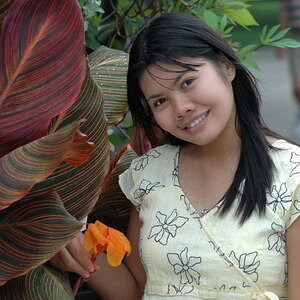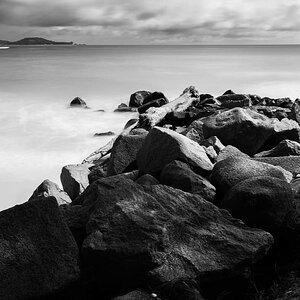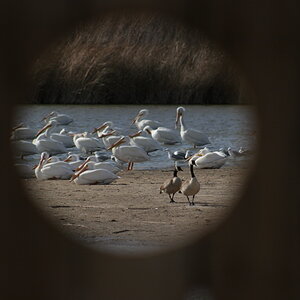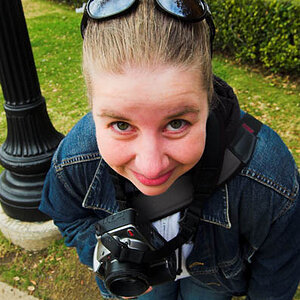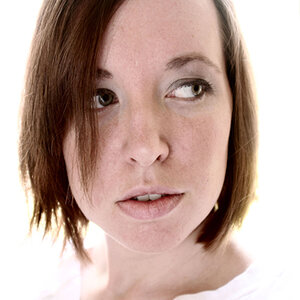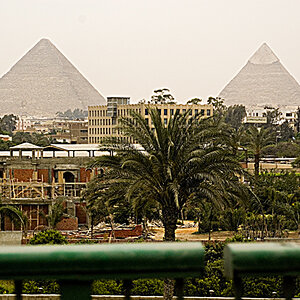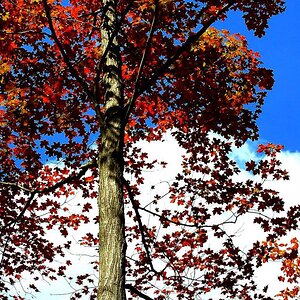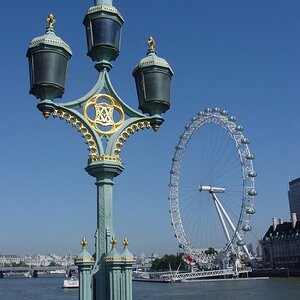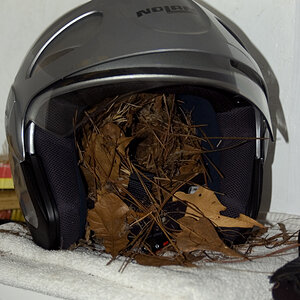Austin Greene
Been spending a lot of time on here!
- Joined
- Jan 6, 2012
- Messages
- 1,472
- Reaction score
- 855
- Location
- Mountain View, California
- Website
- www.austingreenephotography.com
- Can others edit my Photos
- Photos NOT OK to edit
I was speaking with a coworker and pretty solid portrait photographer the other day and he mentioned a technique which I had never really considered. The guy takes great portraits, usually all natural light, and usually at sunset out on the coast, so we're talking some tough lighting situations.
What he does, is always shoot in monochrome (style setting) on his Canon. Since he's shooting in RAW, the color image comes up upon import to Lightroom. 90% of his images are color when published. Yet, he says that by shooting in black & white, it gives him a better sense for contrast and contours on the camera's LCD when he's in the field.
Anyways, I thought that was interesting, and I'm certainly going to give it a go sometime during a portrait session.
What do you think? Outside of people who always shoot in black and white, have any of you tried this technique? Strictly speaking: shooting in monochrome for viewing, then editing in color after the fact?
What he does, is always shoot in monochrome (style setting) on his Canon. Since he's shooting in RAW, the color image comes up upon import to Lightroom. 90% of his images are color when published. Yet, he says that by shooting in black & white, it gives him a better sense for contrast and contours on the camera's LCD when he's in the field.
Anyways, I thought that was interesting, and I'm certainly going to give it a go sometime during a portrait session.
What do you think? Outside of people who always shoot in black and white, have any of you tried this technique? Strictly speaking: shooting in monochrome for viewing, then editing in color after the fact?



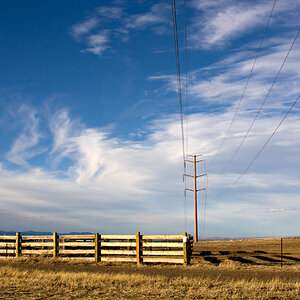
![[No title]](/data/xfmg/thumbnail/37/37124-e3a7364a555409b3504415a982f9dfe0.jpg?1619737883)
